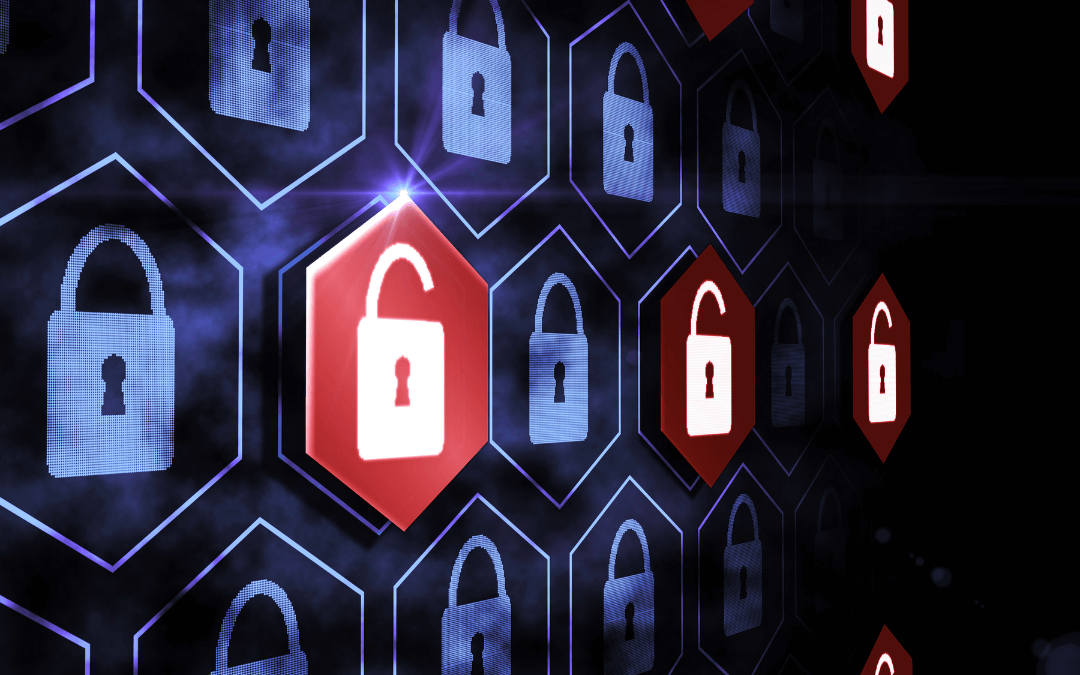The Akira ransomware gang has been a persistent threat since 2023, targeting over 250 organizations across various sectors with its sophisticated encryption and exorbitant ransom demands, often reaching millions of dollars. However, a breakthrough by security researcher Yohanes Nugroho, detailed in his blog Tinyhack, has turned the tables on this notorious group. By leveraging the raw computational power of Nvidia RTX 4090 GPUs, Nugroho developed a method to crack Akira’s encryption, offering hope to victims and a potential game-changer in the fight against ransomware.
Understanding the Akira Ransomware
Akira ransomware has earned a fearsome reputation for its ability to lock critical data using advanced encryption algorithms, specifically chacha8 and Kcipher2. These algorithms rely on timestamp-based encryption keys, which generate unique keys based on the time of infection. This approach makes decryption without the attacker’s key extremely challenging, forcing many victims to consider paying hefty ransoms to regain access to their data. High-profile targets, including businesses in healthcare, finance, and manufacturing, have faced disruptions, financial losses, and reputational damage due to Akira ransomware attacks.
The ransomware’s Linux variant, in particular, has been a significant concern for organizations running Linux-based servers, which are common in enterprise environments. Akira’s double-extortion tactics—encrypting data and threatening to leak it—further amplify the pressure on victims to comply with ransom demands. Until recently, the only options for victims were to pay the ransom (with no guarantee of data recovery) or restore from backups, assuming they were intact and up-to-date.
A Breakthrough with GPU Power
Yohanes Nugroho’s innovative approach has changed the landscape for Akira ransomware victims. By analyzing log files generated during the ransomware attack, Nugroho discovered that the timestamp-based encryption keys could be narrowed down to a specific time window. This insight allowed him to develop a brute-force decryption method that leverages the immense parallel processing capabilities of Nvidia RTX 4090 GPUs.
A single RTX 4090, one of the most powerful consumer GPUs available, can crack Akira ransomware’s encryption in approximately seven days by systematically testing possible keys within the identified timestamp range. For organizations needing faster results, scaling up to 16 GPUs reduces the decryption time to just over 10 hours. Nugroho demonstrated the effectiveness of this method by successfully restoring data for a company without paying the ransom, using cloud GPU resources from platforms like RunPod and Vast.ai at a cost of $1,200—a fraction of the typical ransom demand.
The decryptor, now publicly available on GitHub, is a significant milestone in combating Akira’s Linux variant. However, it comes with caveats: the process requires intact files (not overwritten or corrupted during the attack) and access to substantial computational resources. For organizations without in-house GPU infrastructure, cloud-based solutions provide a viable alternative, though they require technical expertise to implement effectively.
The Role of GPUs in Cybersecurity
Nugroho’s work highlights the growing role of GPUs in cybersecurity, both for attackers and defenders. GPUs, originally designed for rendering graphics in gaming and simulations, have become indispensable in tasks requiring massive parallel computations, such as password cracking, machine learning, and now ransomware decryption. The RTX 4090’s ability to handle billions of calculations per second makes it an ideal tool for brute-forcing encryption keys, turning a technology often associated with gaming into a powerful weapon against cybercrime.
This development also underscores the importance of staying ahead of cybercriminals who increasingly leverage advanced technologies. While Nugroho’s decryptor is a victory for victims, it’s a reminder that attackers are continually evolving their methods. The same GPU power that enables decryption can also be used by malicious actors to accelerate brute-force attacks or develop more resilient encryption schemes.
Limitations and Challenges
While Nugroho’s decryptor is a breakthrough, it’s not a universal solution. The method is specific to Akira’s Linux variant and relies on specific conditions, such as access to log files and intact encrypted data. Organizations without robust logging or backups may find the decryptor less effective. Additionally, the computational cost—while significantly lower than a ransom payment—may still be prohibitive for smaller businesses without access to high-performance GPUs or cloud resources.
The decryptor also highlights the importance of technical expertise. Setting up and running the decryption process requires familiarity with GPU programming, cloud computing platforms, and cybersecurity forensics. For many organizations, partnering with cybersecurity experts is essential to navigate these complexities and implement the decryptor effectively.
Strengthening Your Defenses Against Ransomware
The Akira ransomware decryptor is a powerful tool, but prevention remains the best defense against ransomware. Organizations can reduce their vulnerability to attacks like Akira by adopting a multi-layered cybersecurity strategy:
- Implement Robust Backups: Maintain secure, offline backups of critical data and test them regularly to ensure they can be restored quickly. Backups are the most reliable way to recover from ransomware without paying.
- Patch Systems Promptly: Regularly update operating systems, software, and firmware to close vulnerabilities that ransomware gangs exploit.
- Deploy Endpoint Security: Use advanced endpoint detection and response (EDR) solutions to detect and block malicious activity in real-time.
- Conduct Vulnerability Assessments: Regularly scan your network for weaknesses and prioritize remediation based on risk severity.
- Train Employees: Educate staff on recognizing phishing emails, suspicious links, and other common ransomware delivery methods.
- Monitor Logs and Network Activity: Enable detailed logging and monitor for unusual activity, such as unexpected timestamp changes or unauthorized access attempts.
By combining these measures with tools like Nugroho’s decryptor, organizations can build a resilient defense against ransomware threats.
The Bigger Picture
The success of the Akira ransomware decryptor is a testament to the power of community-driven cybersecurity research. By making the decryptor publicly available on GitHub, Nugroho has empowered victims to fight back against ransomware without succumbing to extortion. However, this breakthrough also highlights the ongoing arms race between cybercriminals and defenders. As attackers adapt to countermeasures like GPU-based decryption, organizations must stay vigilant and proactive in their security practices.
The rise of ransomware-as-a-service (RaaS) models, like Akira, has lowered the barrier to entry for cybercriminals, enabling even less-skilled attackers to launch sophisticated campaigns. This trend underscores the need for organizations to invest in cybersecurity expertise and infrastructure to stay ahead of evolving threats.
Don’t let ransomware like Akira hold your data hostage! The GPU-powered decryptor is a game-changer, but prevention is key to staying secure. Fortify your cybersecurity defenses with a comprehensive ransomware protection plan, including robust backups, endpoint security, and regular vulnerability assessments. Click here to contact our expert team today for a tailored strategy to safeguard your business and keep threats like Akira ransomware at bay. Act now to protect your data and ensure your organization’s resilience!

